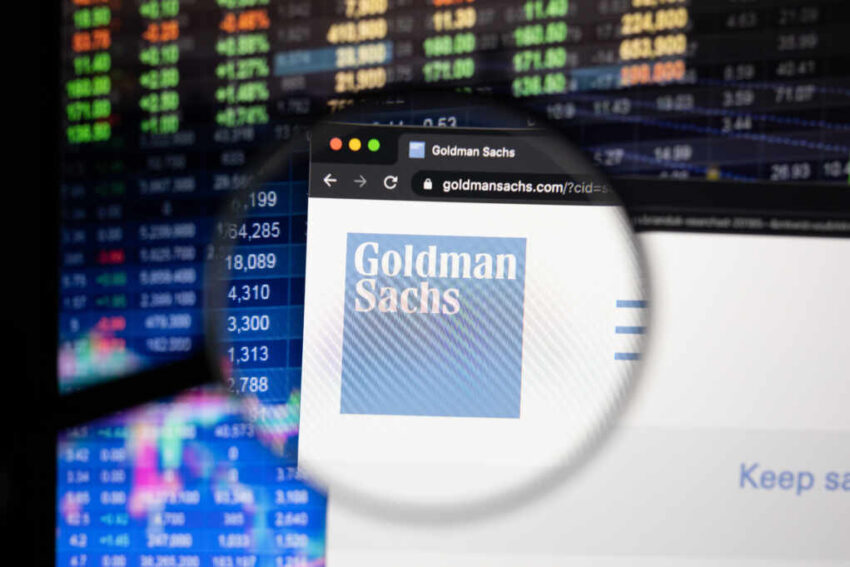The U.S. economy may appear stable, but financial experts warn that growing debt, tariff tensions, and geopolitical instability could trigger a downturn, even as some indicators show signs of strength.
At a Glance
- Former IMF economist Desmond Lachman calls U.S. fiscal policy a “Greek tragedy” in the making
- June consumer sentiment rose but remains 20% below average, with 44% expecting worse finances ahead
- Goldman Sachs cut its recession probability to 30%, citing improved trade dynamics
- JPMorgan CEO Jamie Dimon warns of stagflation and weakness in private credit markets
- Fiscal and geopolitical instability are intensifying fears among top economists and investors
Flashpoints: Tariffs, Deficits, and Stalling Confidence
Economist Desmond Lachman of the American Enterprise Institute warns that Trump-era tariffs and expansive tax cuts may fuel inflation, pressure the dollar, and scare off global investors. He compared the outlook to a “Greek tragedy,” cautioning that a fiscal reckoning could provoke market chaos.
Though consumer confidence edged upward in June, the University of Michigan survey revealed deep pessimism: nearly half of Americans believe their financial situation will worsen in the coming year—a level of fear not seen since 1978.
Watch a report: Goldman cuts recession odds, but risks persist
Is the Economy Resilient—or Just Delayed?
While the mood is grim, some signals suggest resilience. Goldman Sachs recently lowered its U.S. recession forecast to 30%, citing stronger-than-expected data and easing trade uncertainty with China. However, Jamie Dimon of JPMorgan remains cautious, citing risks of stagflation—slow growth coupled with inflation—and fragility in the growing private credit sector.
Many analysts believe the economy may be buying time. Economists at U.S. Bank and Harvard warn that if federal deficits continue ballooning while tariffs tighten global trade, a soft landing may be out of reach.
Debt, Wars, and Uncertainty: A Dangerous Mix
Federal spending pressures are mounting. A Washington Post analysis warns that growing interest payments, defense costs, and deficit-driven stimulus could test America’s creditworthiness. Add in Middle East instability and unpredictable global shocks, and the environment looks increasingly volatile.
Even without a full-blown recession, high rates and debt dynamics may force the Federal Reserve into a corner—trapped between inflation control and financial market stability.
Can the Economy Thread the Needle?
For now, the U.S. is balancing on a knife’s edge: robust jobs and growth on one side, and creeping inflation, market fragility, and geopolitical peril on the other. Whether policymakers can steer through the storm—or drive the economy into it—may define the financial trajectory of the next decade.
Click this link for the original source of this article.
Author: Editor
This content is courtesy of, and owned and copyrighted by, https://deepstatetribunal.com and its author. This content is made available by use of the public RSS feed offered by the host site and is used for educational purposes only. If you are the author or represent the host site and would like this content removed now and in the future, please contact USSANews.com using the email address in the Contact page found in the website menu.








